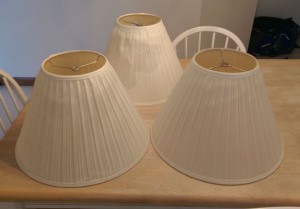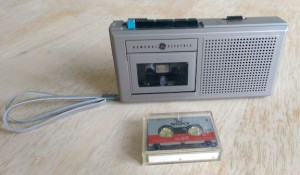As the winter solstice approaches in the Northern Hemisphere, it’s common to feel that we have less energy to get things done on these short, dark days. Our ancestors in farming villages probably felt the same, but they didn’t worry about it because they already had gathered in the harvest, so their hard work for the year was finished. They simply acknowledged such feelings by lighting candles to brighten their homes during this season, understanding that it would soon pass. Now we have fiber-optic Christmas trees and other modern decorations, but the days of winter are just as short and dark as they’ve always been.
Unlike the farmers in those long-ago villages, most of us don’t have a natural break in our work this time of year. We may be able to take vacation time in December, but not everyone can do that—many people work in retail or other industries that are busier than usual. And even if we have vacation time scheduled at the end of the month, we’re still busy at work in early December, as well as making our holiday preparations.
So what’s to be done when we feel that we have less energy than usual and need some quiet, restful days? In addition to cheering ourselves up with holiday decorations and other bright and pretty things, I believe it’s important to keep in mind that we are doing enough. Even if we have ideas for projects that we’d like to do, and even if we have tasks that need to get done in the near future, we shouldn’t be too hard on ourselves if we can’t find the energy to do them right away. Like our ancestors, we may just want to light a candle and say, “This too shall pass.”
Nurturing Thursday was started by Becca Givens and seeks to “give this planet a much needed shot of fun, support and positive energy.” Visit her site to find more Nurturing Thursday posts and a list of frequent contributors.










